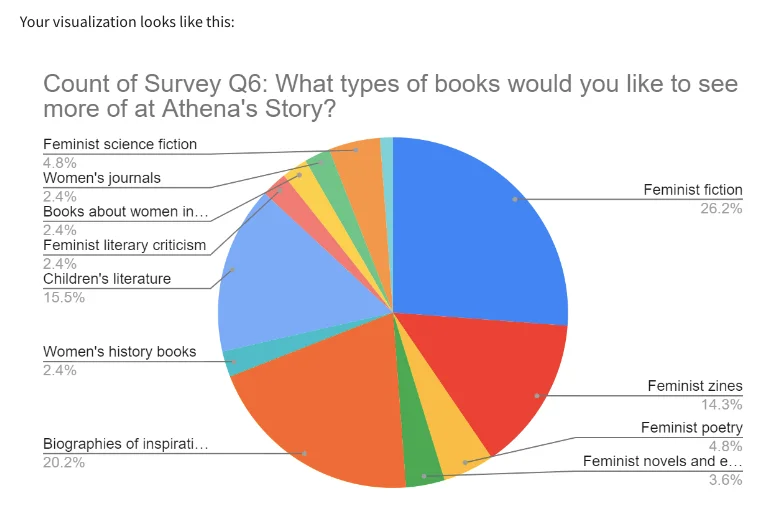23. Scenario 2, questions 6-10
You’ve completed this program and are now interviewing for your first junior data analyst position. You’re hoping to be hired by an event planning company, Patel Events Plus. Access the job description below:
So far, you’ve successfully completed the first round of interviews with the human resources manager and director of data and strategy. Now, the vice president of data and strategy wants to learn more about your approach to managing projects and clients. Access the email you receive from the human resources director below:
You arrive Thursday at 1:45 PM for your 2 PM interview. Soon, you’re taken into the office of Mila Aronowicz, vice president of data and strategy. After welcoming you, she begins the behavioral interview.
First, she hands you a copy of Patel Events Plus’s organizational chart. Access the chart below:
As you’ve learned in this course, stakeholders are people who invest time, interest, and resources into the projects you’ll be working on as a data analyst. Let’s say you’re working on a project involving data and strategy.
Based on what you find in the organizational chart, if you need information from the primary stakeholder, who can you ask?
- Director, strategy
- Project manager, analytics
- Vice president, data and strategy
- Chief executive officer
24. Scenario 1 continued
Next, you review the customer feedback in column F of the Customer Survey dataset.
To use the template for the dataset, click the link below and select “Use Template.”
Link to template:
Customer Survey
OR
If you don't have a Google account, you can download the CSV file directly from the attachment below.
The attribute of column F is, “Survey Q6: What types of books would you like to see more of at Athena's Story?” In order to verify that children’s literature and feminist zines are among the most popular genres, you create a visualization. This will help you clearly identify which genres are most likely to sell well during the Women’s History Month campaign.

What is a pie chart effective for demonstrating?
- Percentages that make up a whole
- Relationships between variables
- Where things are located on a map
- Trends over time
25. Scenario 2 continued
Your next interview question deals with sharing information with stakeholders. Consider and respond to the following question. Select all that apply.
Let’s say you’ve created a report to present stakeholders with information about an upcoming event. Describe the benefits of using a report.
- Reports provide a snapshot of high-level, historical data.
- Reports reflect data that’s already been cleaned and sorted.
- Reports enable stakeholders to interact with the data.
- Reports offer live monitoring of incoming data.
26. Scenario 2 continued
Your final behavioral interview question involves using metrics to answer business questions. Your interviewer hands you a copy of the Patel Events dataset.
To use the template for the dataset, click the link below and select “Use Template.”
Link to template:
Patel Events Data
OR
If you don't have a Google account, you can download the CSV file directly from the attachment below.
Then, she asks: Recently, Patel Events Plus purchased a new venue for our events. If we asked you to calculate the return on investment of this purchase, which metrics would you use? Select all that apply.
- 2019 events held at new venue (column D)
- Purchase price (column C)
- Net profit in 2019 (column F)
- Purchase date

